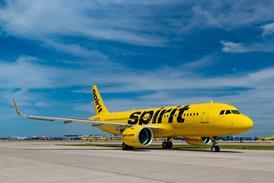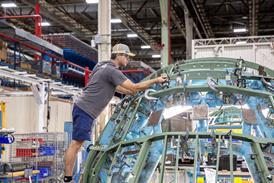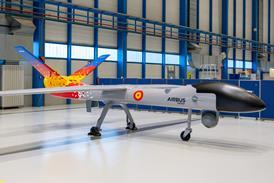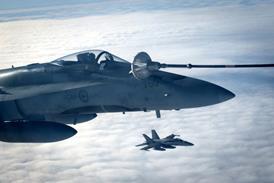The first flight and certification of the Seawind 300C light amphibian has been delayed by around four months because of a change of powerplant resulting from a late decision to offer full-authority digital engine control (FADEC).
The US manufacturer made the change from the original Lycoming engine to the 310hp (230kW) Teledyne Continental IO-550N after 70% of the 60 customers that have signed for the aircraft indicated a preference for FADEC.
In September, Seawind marketing and sales chief Bill Poirier said the company was aiming to produce 24 aircraft in 2006, rising to 60 in 2007 and 110 in 2008 (Flight International, 20-26 September 2005). Poirier now says “we will address production issues in a statement to be released [later in January]”.
Customers who have paid $9,000 deposits for the aircraft are told by the Seawind website they have the option for refunds “if we fail to meet the contract price and/or delivery”.
The first re-engined production-standard 300C will fly “very soon”, says Poirier, with certification, originally set for mid-December, likely “early this year”. According to one source, the last few weeks have seen “frantic activity” as the Seawind’s engine mounts have been redesigned to accommodate the Continental, to be bolted to a horizontal engine bed. The original Lycoming is attached to mountings on the engine bulkhead.
Poirier says the change has no effect on the aircraft shape or weight, however. “The biggest change is that the Continental is slightly more powerful.”
Seawind is also to offer the 310hp German Thielert V-8 Centurion engine for the amphibian once the aircraft is certificated.
A deal with French avionics company Sagem to offer an integrated glass cockpit for the 300C is “still on the plate”, says Poirier, who adds that the first aircraft will be fitted with Garmin G1000 integrated avionics. “Customers are asking for all sort of different options. We’re trying to maintain a package,” he adds.
JULIAN MOXON / LONDON
Source: Flight International























